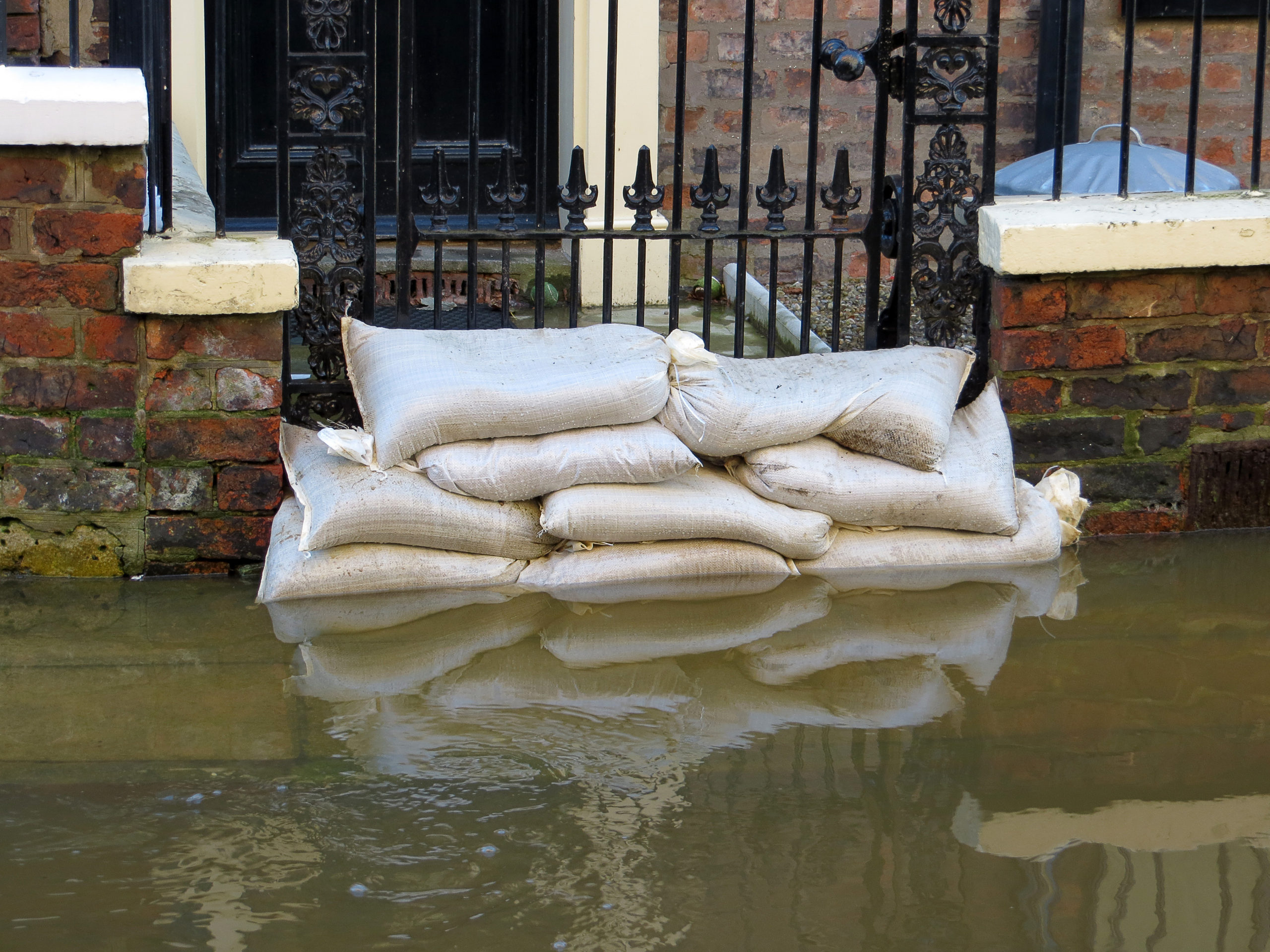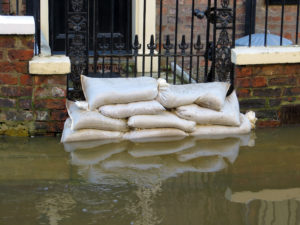

 Many people drastically underestimate how much damage water can cause to their home and to their belongings. In fact, many types of materials can break down after three days to a week of being in contact with standing water.
Many people drastically underestimate how much damage water can cause to their home and to their belongings. In fact, many types of materials can break down after three days to a week of being in contact with standing water.
It is important that a homeowner act as quickly as possible to remove any standing water with professional flood clean up. Hudson residents might not be aware of how professionals will work in their home to remove the standing water in their home, but it is pretty straightforward. They need to address any standing water and try to dry out any water that has gotten into the items and materials of a home.
Here is a condensed version of how water is removed from a home and dried out to prevent further water damage.
Removing Standing Water
In order to remove a good amount of standing water, there is no way around getting that much water to dry, so professionals will have to suck up the water and physically dispose of it someplace else.
When it comes to professional flood clean up, Hudson residents should know that one of the most important pieces of equipment are vacuums that can suck up the water and hold it for the time being until professionals can dispose of it safely.
These machines are very similar to the vacuums of your home, but they are larger and use large hoses to suck up water. Not too many vacuums are designed to handle water, but the types of vacuums that water mediation companies use are often designed for such a purpose.
Drying Out Remaining Water
After all the standing water has been removed from a residence, homeowners still have to worry about further water damage from the furniture that has soaked up excess water.
This type of water can still be removed with professional flood clean up. Hudson residents should be made aware that once all the standing water has been sucked up and removed, water mitigation experts will bring out fans and dehumidifiers to try to suck out the excess moisture still lingering in the furniture of your home.
This water is just as important to remove as standing water is, as it can still destroy some materials, or leave them discolored or even smelly.
*Disclaimer: The views expressed here are those of the authors and do not necessarily represent or reflect the views of *Mr Dry Out*






